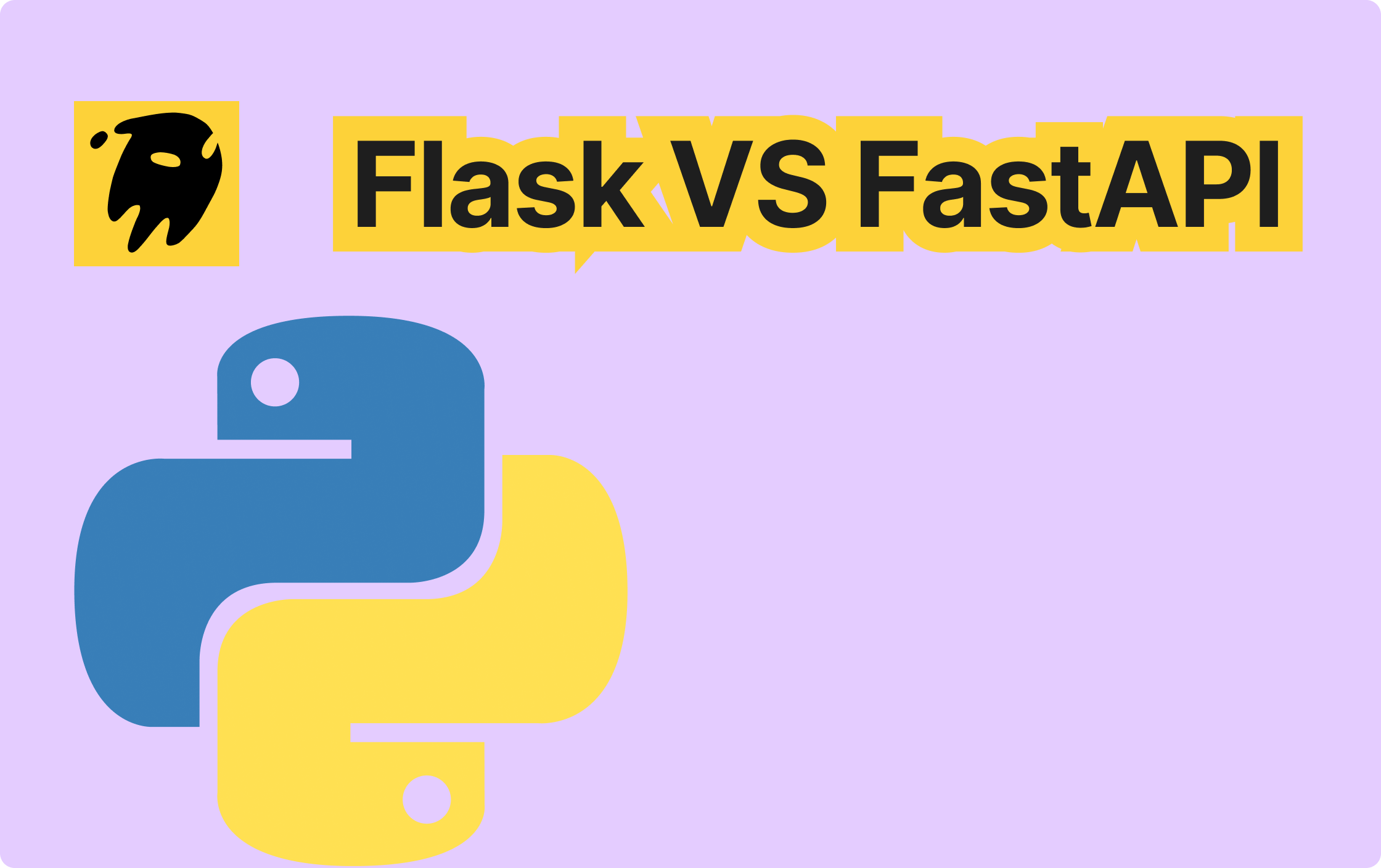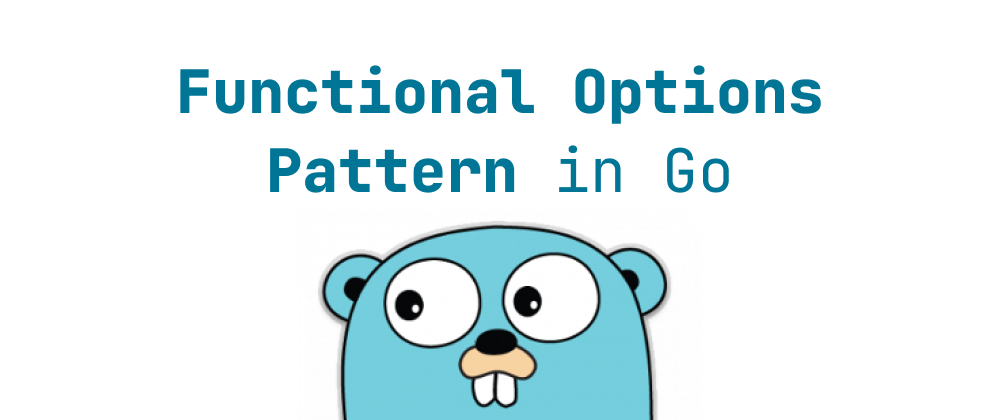Python Web Framework Wars: Flask’s Legacy vs FastAPI’s Future
James Reed
Infrastructure Engineer · Leapcell

Flask vs FastAPI: The Asynchronous Revolution and Ecosystem Showdown in Python Web Frameworks
Introduction
In the universe of Python web development, Flask and FastAPI shine like two brilliant stars, each representing distinct development philosophies. Flask is renowned for its lightweight flexibility as a "micro-framework," while FastAPI has sparked a new trend in API development with its asynchronous support and type safety. This article will delve into a comparison of these two frameworks across ecosystem, asynchronous programming, and development experience, revealing their scene through abundant examples to help developers make informed choices for different project requirements.
I. Framework Overview: Evolution from Synchronous to Asynchronous
1.1 Flask: A Classic Choice for Python Web Development
Born in 2010, Flask was built by Armin Ronacher using Python's Werkzeug and Jinja2 libraries, positioning itself as a "micro-framework" from the start. It doesn't enforce dependencies on specific databases, authentication systems, or template engines, allowing developers to freely choose components. This design philosophy makes Flask an ideal choice for rapid prototyping and small-scale applications.
# Flask's "Hello World" from flask import Flask app = Flask(__name__) @app.route('/') def hello(): return 'Hello, World!' if __name__ == '__main__': app.run()
Flask's core strengths lie in its simplicity and flexibility. It can seamlessly integrate various functionalities through extensions, such as database ORMs, form validation, and authentication systems. This "building block" approach to development is beloved by Python developers, with many well-known projects like Netflix and Pinterest using Flask to build their API services.
1.2 FastAPI: A Rising Star in the API-First Era
Created by Sebastián Ramírez in 2018, FastAPI is a modern web framework based on Starlette and Pydantic. Its design goal is to provide a high-performance, type-safe, and user-friendly API development experience. Key features of FastAPI include:
- Request parameter validation and response model generation based on Python type hints
- Native support for asynchronous programming using
async/awaitsyntax - Automatic generation of interactive API documentation (Swagger UI and ReDoc)
- Deep integration with Pydantic, offering powerful data validation and serialization capabilities
# FastAPI's "Hello World" from fastapi import FastAPI app = FastAPI() @app.get('/') def hello(): return {'Hello': 'World'}
FastAPI enables compile-time error detection through type hints, reducing runtime errors, while its asynchronous support allows it to excel in handling high-concurrency requests. This design philosophy has quickly made FastAPI the framework of choice for building microservices and API gateways.
II. Ecosystem Comparison: Clash of Maturity and Innovation
2.1 Flask's Ecosystem: Abundant Extension Libraries
Flask's success is largely attributed to its vast and mature ecosystem. Thanks to its open design, the community has developed numerous extensions to meet various needs.
2.1.1 Database Integration
Flask itself doesn't provide database support, but can easily integrate with various database systems through extensions:
- Flask-SQLAlchemy: A Flask extension for SQLAlchemy, providing ORM support that works with multiple relational databases.
# Flask-SQLAlchemy example from flask import Flask from flask_sqlalchemy import SQLAlchemy app = Flask(__name__) app.config['SQLALCHEMY_DATABASE_URI'] = 'sqlite:///test.db' db = SQLAlchemy(app) class User(db.Model): id = db.Column(db.Integer, primary_key=True) username = db.Column(db.String(80), unique=True) email = db.Column(db.String(120), unique=True) @app.before_first_request def create_tables(): db.create_all()
- Flask-MongoEngine: An ORM extension for MongoDB, used for integrating non-relational databases.
2.1.2 Authentication and Authorization
Flask offers various authentication schemes:
- Flask-Login: Simple user session management
- Flask-Security: Provides complete security features including registration and password reset
- Flask-JWT-Extended: JWT-based authentication scheme, suitable for API authentication
2.1.3 Form Handling and Validation
- Flask-WTF: Integrates WTForms, providing form handling and CSRF protection
# Flask-WTF form example from flask_wtf import FlaskForm from wtforms import StringField, PasswordField, SubmitField from wtforms.validators import DataRequired, Email class LoginForm(FlaskForm): email = StringField('Email', validators=[DataRequired(), Email()]) password = PasswordField('Password', validators=[DataRequired()]) submit = SubmitField('Login')
2.1.4 Other Common Extensions
- Flask-Caching: Provides caching support
- Flask-Mail: Email sending functionality
- Flask-RESTful: Simplifies REST API development
- Flask-CORS: Cross-origin resource sharing support
2.2 FastAPI's Ecosystem: Built for Modern API Development
Although younger, FastAPI's ecosystem is growing rapidly, making it particularly suitable for building API-first applications.
2.2.1 Database Integration
FastAPI can integrate with various database systems, typically through Pydantic models and native database drivers:
- SQLAlchemy: While not specifically designed for FastAPI, it remains a popular choice
# FastAPI with SQLAlchemy integration from sqlalchemy import create_engine, Column, Integer, String from sqlalchemy.ext.declarative import declarative_base from sqlalchemy.orm import sessionmaker SQLALCHEMY_DATABASE_URL = "sqlite:///./test.db" engine = create_engine(SQLALCHEMY_DATABASE_URL) SessionLocal = sessionmaker(autocommit=False, autoflush=False, bind=engine) Base = declarative_base() class User(Base): __tablename__ = "users" id = Column(Integer, primary_key=True, index=True) username = Column(String, unique=True, index=True) email = Column(String, unique=True, index=True)
- Tortoise-ORM: An async-first ORM that works perfectly with FastAPI
# FastAPI with Tortoise-ORM integration from tortoise import fields from tortoise.models import Model from tortoise.contrib.fastapi import register_tortoise class User(Model): id = fields.IntField(pk=True) username = fields.CharField(max_length=20, unique=True) email = fields.CharField(max_length=255, unique=True) register_tortoise( app, db_url="sqlite://db.sqlite3", modules={"models": ["models"]}, generate_schemas=True, add_exception_handlers=True, )
2.2.2 Authentication and Authorization
FastAPI has built-in support for OAuth2 and JWT:
# FastAPI JWT authentication example from fastapi import Depends, FastAPI from fastapi.security import OAuth2PasswordBearer, OAuth2PasswordRequestForm from pydantic import BaseModel app = FastAPI() oauth2_scheme = OAuth2PasswordBearer(tokenUrl="token") class User(BaseModel): username: str email: str | None = None async def get_current_user(token: str = Depends(oauth2_scheme)): # In real applications, validate token and return user return User(username=token) @app.get("/users/me") async def read_users_me(current_user: User = Depends(get_current_user)): return current_user
2.2.3 Other Common Tools
- FastAPI-SocketIO: WebSocket support
- FastAPI-Cache: Caching extension
- FastAPI-Utils: Provides utility tools and decorators
- FastAPI-Pagination: Simplifies pagination handling
2.3 Ecosystem Comparison Summary
Flask's ecosystem is mature and diverse, suitable for various types of projects. Its extension mechanism is flexible but requires developers to select and integrate components themselves. FastAPI's ecosystem focuses on modern API development needs, providing type safety and asynchronous support, but has relatively less support in certain areas (such as template engines).
III. Asynchronous Support: Breakthrough of Synchronous Frameworks and Rise of Asynchronous Frameworks
3.1 Flask's Asynchronous Support: Transition from Synchronous to Asynchronous
Traditionally, Flask is a synchronous framework based on the WSGI protocol. Each request is handled by a thread, which becomes blocked during time-consuming operations, preventing it from handling other requests.
Starting from Flask 2.0, it has added support for asynchronous view functions:
# Flask asynchronous view example from flask import Flask import asyncio app = Flask(__name__) @app.route('/async') async def async_route(): await asyncio.sleep(1) # Simulate async operation return 'Async response' @app.route('/sync') def sync_route(): return 'Sync response'
Note that:
- Flask's asynchronous support is optional - you can mix synchronous and asynchronous views
- Requires an async-supporting server (like Gunicorn with uvicorn worker)
- Asynchronous only helps with I/O-bound operations, not CPU-bound operations
3.2 FastAPI's Asynchronous Support: Natively Asynchronous Design
FastAPI is built on the ASGI (Asynchronous Server Gateway Interface) protocol and supports asynchronous programming by design:
# FastAPI asynchronous processing example from fastapi import FastAPI import asyncio app = FastAPI() async def fetch_data(url: str): await asyncio.sleep(1) # Simulate network request return {"data": f"From {url}"} @app.get("/items/{item_id}") async def read_item(item_id: int): data = await fetch_data(f"https://api.example.com/items/{item_id}") return data
FastAPI's asynchronous support isn't limited to path operation functions - it can also be used for dependency injection, middleware, and background tasks:
# Asynchronous dependency injection example async def get_db(): db = await Database.connect() try: yield db finally: await db.close()
3.3 Asynchronous Support Comparison Summary
Flask's asynchronous support complements its traditional synchronous model, suitable for gradually introducing asynchronous features. FastAPI, designed as an asynchronous framework from the ground up, is better suited for building high-performance, high-concurrency API services.
IV. Development Experience: Trade-off Between Flexibility and Type Safety
4.1 Flask's Development Experience: Flexible "Micro-framework" Philosophy
Flask is known for its simplicity and ease of learning, making it ideal for beginners and rapid prototyping:
- Simple routing system: Define routes using decorators
- Flexible project structure: No enforced project structure, allowing code organization according to needs
- Rich debugging tools: Built-in debug mode provides detailed error information
- Powerful template engine: Jinja2 template engine supports complex page rendering
# Complete Flask example: Blog API from flask import Flask, request, jsonify from flask_sqlalchemy import SQLAlchemy from flask_marshmallow import Marshmallow import os app = Flask(__name__) app.config['SQLALCHEMY_DATABASE_URI'] = 'sqlite:///blog.db' db = SQLAlchemy(app) ma = Marshmallow(app) class Post(db.Model): id = db.Column(db.Integer, primary_key=True) title = db.Column(db.String(100)) content = db.Column(db.Text) class PostSchema(ma.Schema): class Meta: fields = ('id', 'title', 'content') post_schema = PostSchema() posts_schema = PostSchema(many=True) @app.route('/posts', methods=['GET']) def get_posts(): all_posts = Post.query.all() return posts_schema.jsonify(all_posts) @app.route('/posts', methods=['POST']) def add_post(): title = request.json['title'] content = request.json['content'] new_post = Post(title=title, content=content) db.session.add(new_post) db.session.commit() return post_schema.jsonify(new_post) if __name__ == '__main__': with app.app_context(): db.create_all() app.run(debug=True)
4.2 FastAPI's Development Experience: Combination of Type Safety and Automation
FastAPI provides an efficient development experience through type hints and automation:
- Type hint-based parameter validation: Automatically validates request parameter types
- Automatic API documentation generation: Swagger UI and ReDoc provide interactive documentation
- Dependency injection system: Manages shared resources and middleware
- Pydantic models: Powerful data validation and serialization
# Complete FastAPI example: Blog API from fastapi import FastAPI, HTTPException from pydantic import BaseModel from typing import List, Optional from tortoise import fields from tortoise.contrib.fastapi import register_tortoise from tortoise.models import Model app = FastAPI(title="Blog API") # Pydantic models class PostCreate(BaseModel): title: str content: str class PostRead(PostCreate): id: int # Tortoise-ORM models class Post(Model): id = fields.IntField(pk=True) title = fields.CharField(max_length=100) content = fields.TextField() def to_pydantic(self): return PostRead( id=self.id, title=self.title, content=self.content ) # API routes @app.get("/posts", response_model=List[PostRead]) async def get_posts(): posts = await Post.all() return [post.to_pydantic() for post in posts] @app.post("/posts", response_model=PostRead) async def create_post(post: PostCreate): post_obj = await Post.create(**post.dict()) return post_obj.to_pydantic() # Database configuration register_tortoise( app, db_url="sqlite://db.sqlite3", modules={"models": ["__main__"]}, generate_schemas=True, add_exception_handlers=True, )
4.3 Development Experience Comparison Summary
Flask offers great freedom, suitable for developers who like to control all details. FastAPI reduces boilerplate code and improves development efficiency through type hints and automation, making it particularly suitable for API development.
V. Application Scenario Analysis
5.1 Flask Application Scenarios
-
Small applications and rapid prototypes: Flask's lightweight nature and flexibility make it ideal for quickly developing small applications
-
Highly customized projects: Can freely select and integrate various components
-
Maintenance and extension of existing WSGI applications: Good compatibility with existing systems
-
Web applications requiring template engines: Jinja2 template engine is suitable for building complex web pages
5.2 FastAPI Application Scenarios
-
API-first applications: FastAPI's design goal is to provide the best API development experience
-
Applications with high performance requirements: Asynchronous support enables excellent performance in high-concurrency scenarios
-
Data-intensive applications: Pydantic's data processing capabilities are suitable for complex data transformations
-
APIs requiring clear documentation: Automatically generated interactive documentation reduces documentation workload
-
Microservice architectures: Simple dependency injection and asynchronous support make it ideal for microservices
VI. Summary and Recommendations
6.1 Summary
Flask and FastAPI represent two different philosophies in Python web development:
-
Flask is a mature "micro-framework" that offers great flexibility and a rich ecosystem, suitable for rapid prototyping and highly customized projects
-
FastAPI is a modern asynchronous framework that emphasizes type safety and automation, suitable for building high-performance, API-first applications
6.2 Recommendations
Consider the following factors when choosing a framework:
-
Project size and complexity: Small projects can choose Flask, while large API services are better with FastAPI
-
Performance requirements: FastAPI's asynchronous support has advantages in high-concurrency scenarios
-
Team technology stack: Teams familiar with traditional Python development can choose Flask, while those familiar with type hints and asynchronous programming are better suited to FastAPI
4.Ecosystem needs: If rich extension library support is required, Flask is a better choice
Ultimately, these frameworks are not mutually exclusive but complementary tools. In actual development, you can choose the appropriate framework based on project requirements, or even use them together in the same project.
Leapcell: The Best of Serverless Web Hosting
Finally, we recommend the best platform for deploying Python services: Leapcell

🚀 Build with Your Favorite Language
Develop effortlessly in JavaScript, Python, Go, or Rust.
🌍 Deploy Unlimited Projects for Free
Only pay for what you use—no requests, no charges.
⚡ Pay-as-You-Go, No Hidden Costs
No idle fees, just seamless scalability.

🔹 Follow us on Twitter: @LeapcellHQ


